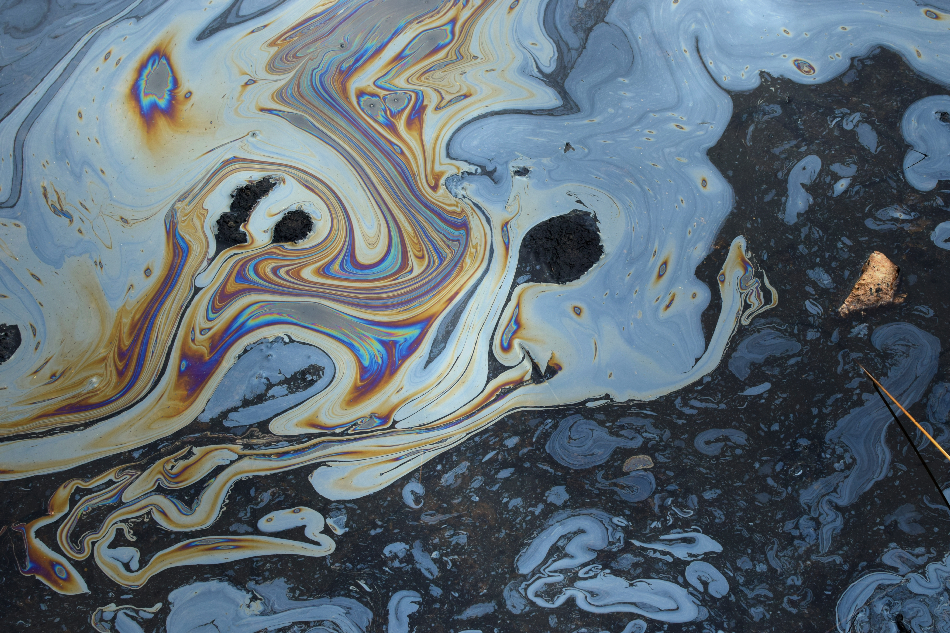
Image Credit: dimitris_k / Shutterstock.com
The rapid analysis of oil spills is vital to the success of their clean up. In a paper published earlier this year in the scientific journal Remote Sensing of Environment, a team from Water Mapping, in collaboration with scientists at other institutes across the US and Canada, describes how using multiple remote sensors allows for the rapid estimation of the thickness and nature of oil spills.
The method will likely be implemented to improve future oil spill containment efforts once more testing is carried out.
Collecting Oil-Spill Data is Essential to Clean up Success
Time is important in containing and preventing serious environmental damage from oil spills. Scientists need to gain information regarding the type of oil, its thickness, and the volume of oil that had spilled in order to develop vital strategies to contain the spill.
Currently, satellites play an essential role in spotting oil slicks from above. However, field verification is required in order to confirm the characteristics of the spill. Verification methods are often difficult, impractical, and can risk putting people in unsafe environments.
Now, scientists have developed a way to enhance the efficacy of the measurements taken from satellite images. The method utilizes remote sensing techniques to help improve the accuracy of the analysis of images collected from satellites.
The team tested their method on two on-site field tests. They proved its efficacy in rapidly collected and analyzing data in near-real-time, providing vital information on the characteristics of the spill as fast as possible, allowing tactical response teams to act immediately.
Communicating Oil-Spill Data in Real-Time
Effective cleanups are heavily reliant on receiving accurate data on the spill quickly. Without this, response teams may be sent out to focus on less important areas of the spill, allowing the thicker part of the leak to continue to spread and cause environmental damage.
By utilizing remote sensing, researchers are able to gain information that isn’t available to them with the naked eye. Sensors can sense and report on data from optical, multispectral, microwave, and thermal sources as well as others.
As technology has advanced, sensors have become smaller, meaning that they can now be used on aircraft and drones as well as on satellites. They can even be incorporated into handheld instruments. This gives scientists far more sources of data to give information on the nature of the oil spill.
Information taken from different sources can help scientists in different ways. For example, data collected from satellites can be communicated to first-responders in just a few minutes, whereas vital tactical information can be transmitted from drones in real-time.
Remotely Sensing Oil Spills in Harsh Environments
The method is also vitally useful for gathering information about oil spills located in remote or harsh environments where sending human workers to the site is dangerous. The findings of the new study are important for the future of how “actionable oil” spills (those involving thick and/or emulsified oil) are tackled.
The next steps will be to continue testing the method, gauging how effective it is at collecting data on oil spills in different environments, as well as its efficacy on sensing different kinds of oil spills. Before the method can be adopted at a large scale, scientists must first fully understand how the technologies used by different sensors work with different kinds of oil spills in different environments, particularly at different temperatures.
The team that worked on the current research project aim to expand monitoring with remote sensing as well as with drones and GPS drifters. In addition, they are working in collaboration with NASA to promote the better monitoring of oil spills worldwide.
Disclaimer: The views expressed here are those of the author expressed in their private capacity and do not necessarily represent the views of AZoM.com Limited T/A AZoNetwork the owner and operator of this website. This disclaimer forms part of the Terms and conditions of use of this website.